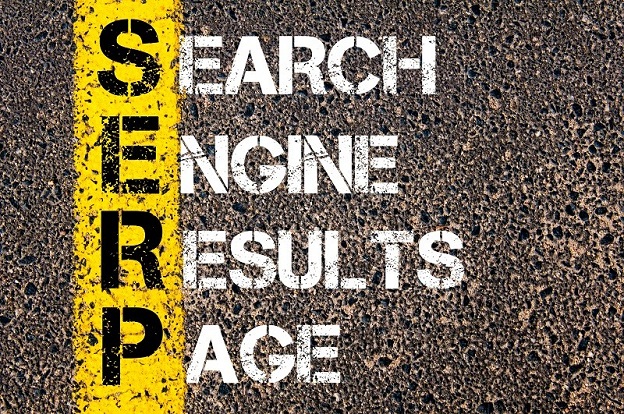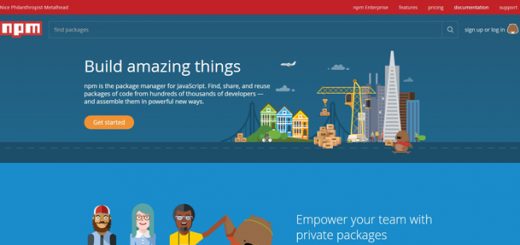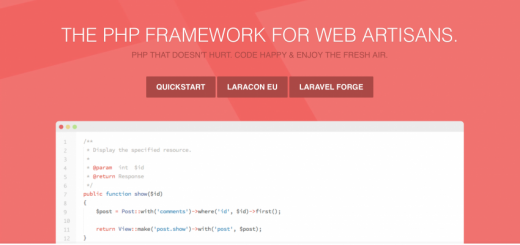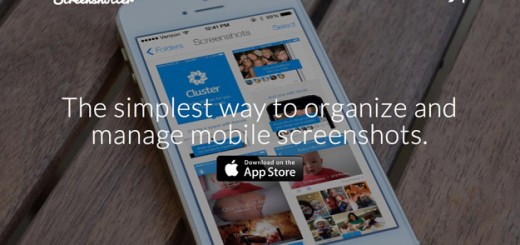Running an SEO campaign is a complex task nowadays due to new Google search engine algorithms that put more focus on user experience signals.
SEO has always been about a combination of various techniques:
1. on-page SEO
2. link building.
This very consequence of actions is vital because you simply can’t start your link building campaign without finished on-page SEO.
Behavioral factors depend on the efficiency of those two tactics and impact greatly your website spot on SERP. Simply put, whatever you do for your website optimization is only attempts to improve the user experience of your site.

Why should I start with on-page SEO first?
The point here is that you need to optimize each page of your website starting with its URL and ending with its content in order to begin looking for relevant resources to get valuable backlinks to your site.
If a resource owner you reach out to sees that your website well-optimized, user-friendly, and has good quality content, chances are you will get your backlink.
7 steps to quick on-page SEO:
1. Make URL of your website short.
Avoid URL that looks like this: directlinedev.com/p=15/search-engine-optimization-best-in-philadelphia/ or like this: directlinedev.com/how-to-build-your-strategy-to-beat-your-competitors-on-SERP. According to the interview with head of Google’s webspam team, the first 3-5 words of your URL gives an effect.
The well-optimized variant of a URL looks like this:
directlinedev.com/search-engine-optimization
The best way to create a search-engine-friendly URL is to utilize a target keyword in it.
2. Optimize title and description tags.
The most important factors of on-page SEO are your title and description tags. It influences click-through-rate or clickability of the page. In other words, these tags should catch the eyes of users and make them click on your page.
Besides, the title tag should include a target keyword. In this very case, its placement makes a difference. In an ideal scenario, your title should start with it.
Generally speaking, the farther your title tag is from the beginning, the lower value it has.
3. Make a quick keyword analysis.
It is the easiest technique that works!
Find articles on the same topic that are leaders on SERP and look what keywords are used and use them too. As these articles reached the top in search engines due to these keywords, there is a huge chance that it will help boost your website as well
4. Write long-read articles for your blog.
They say people are lazy and want quick results now. BUT… the analysis of a million search results demonstrates that length matters.
Long-read articles are highly appreciated by Google and it tends to give websites that publish in-depth and long-form content higher spot on SERP.
So, get rid of all fluff content from your site and give a valuable information to users expecting to find on it.
5. Embed multimedia, charts, and infographics.
It is the best way to increase dwell time and improve bounce rate on your website without doing any magic.
Dwell time is the period of time a user spends on your website between clicking on it on the search page and on “back” button to return to the search page.
When a user comes to your homepage and ends his travel there closing the tab without going any deeper, it increases your bounce rate. And in most cases, If it happens a lot, it is a bad sign and should be treated as a call to actions because it can signal search engines that the content of your website of a poor quality and, more likely than not, they will drop your site down on the search page.
VIdeos, pictures, charts, infographics, etc always help gain time and glue users’ attention to your website. Why not make advantage of it?
6. Make your site responsive.
Mobile-friendliness is what Google expect has expected of websites since 2015. It cost mobile-unfriendly websites their rankings.
If your website isn’t responsive, you still have time to change it. Otherways, due to mobile indexing that Google plans to launch you will watch your website falling down on SERP like a stone.
7. improve page load speed of your site.
And again, it is said people were lazy and wanted quick results now. Page speed harms bounce rate and dwell time. It is not a secret that users bounce off slow sites more likely than stay.
Are there any simple steps to boost my website speed?
There are plenty of them. Here are 3 most simplest ones:
use Content Delivery Network
compress images on every page of your website
switch to hosting that will provide your site with faster speed
Is link building a must?
The answer is obvious:
Yes! It is the most vital and at the same time hardest thing in search engine optimization.
First of all, let’s focus on what link building is. It is not just buying links and increasing link value. Link building is a strategy and oftentimes, it involves communication skills and patience to achieve results.
The right chosen link building strategy doesn’t guarantee your website climb the very top on SERP and stay there in the long run. If users don’t click on it, it will crack down as fast as it appeared on the top.
This is an evidence of the importance of behavioural factors. Google treats user experience signals as the primal factor to either advance your website or lower it on SERP.
How to build links?
There are 2 powerful link building techniques:
1. Outbound links
Linking out from your page may seem a stupid thing to do because it drives away traffic from your website to another resource. But in fact, when you link out to a blog or a website on relevant topic, it helps Google to notice you and associate with that specific resource. That is why when choosing website or blog to link out to, pick an authoritative ones.
As a bonus:
If a resource owner might notice your link and probably he might link back to your website.
2. Outreach
Outreach is a process of building connection with resource owners via email in order to get a backlink to your website.
The problem is that “linkers” should see benefits and your job is to convince them that content you offer will be of a great value for their resource.
The most easiest method to get a backlink to your website is to find a “broken” link, notice the owner of the target resource about it and offer your content to link to.
Remember! A link carries no weight if it is not clickable. The placement of the link and its visibility can have a huge impact on search engine optimization.
The bottom line
As you can see, Google put more focus on behavioral factors like bounce rate, dwell time, clickability, etc That makes SEO difficult thing to do. That is why if you want to see improvements on SERP and leave your competitors far behind, you must start with on-Page SEO to improve metrics like bounce rate, click-through-rate, than build powerful backlinks from authoritative resources to your site. That will help Google recognize you and understand what your content is about. If you can’t keep up with the task and need help, ask our web design agency Direct Line Development to run an SEO campaign for your site.




